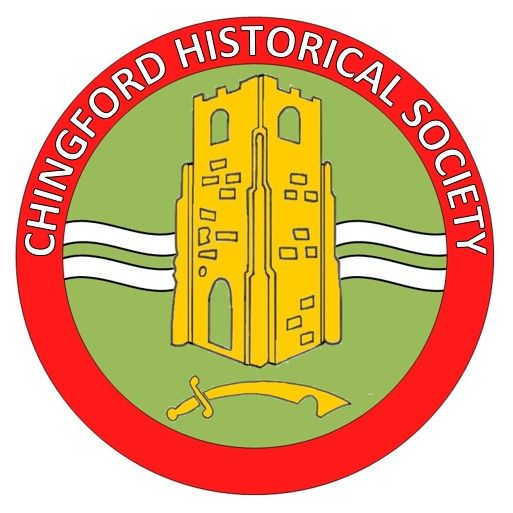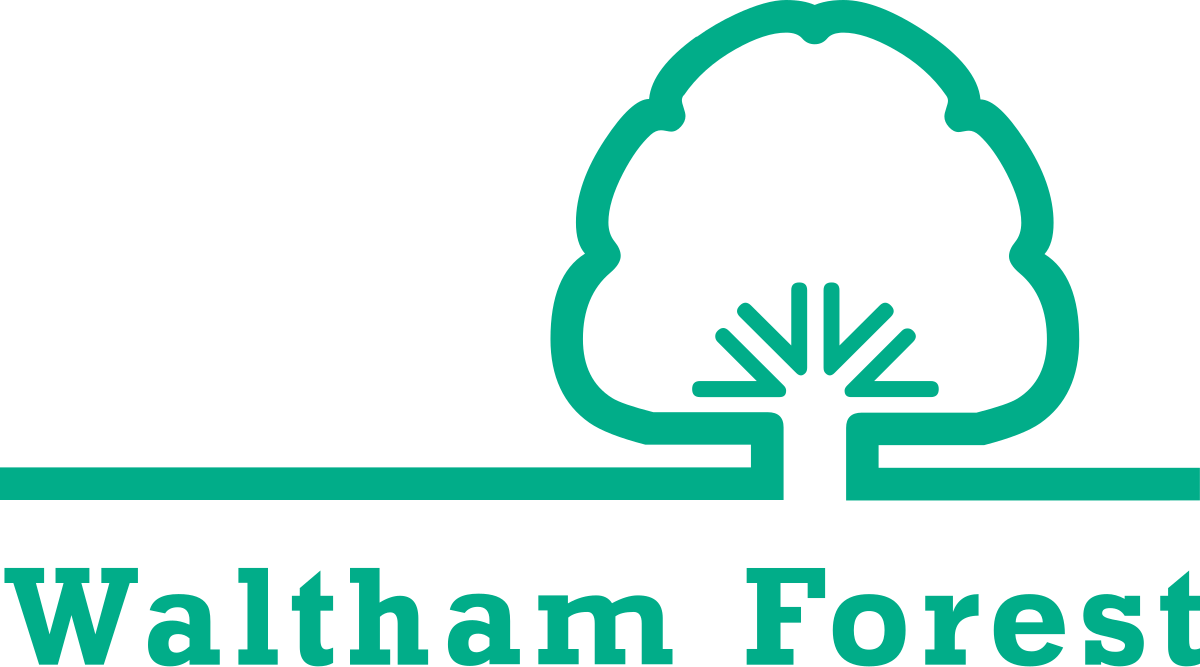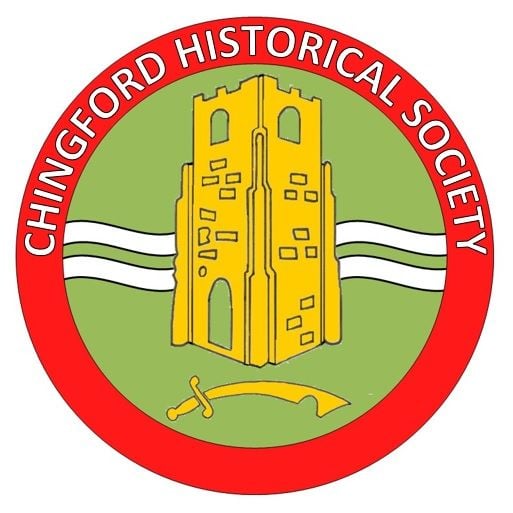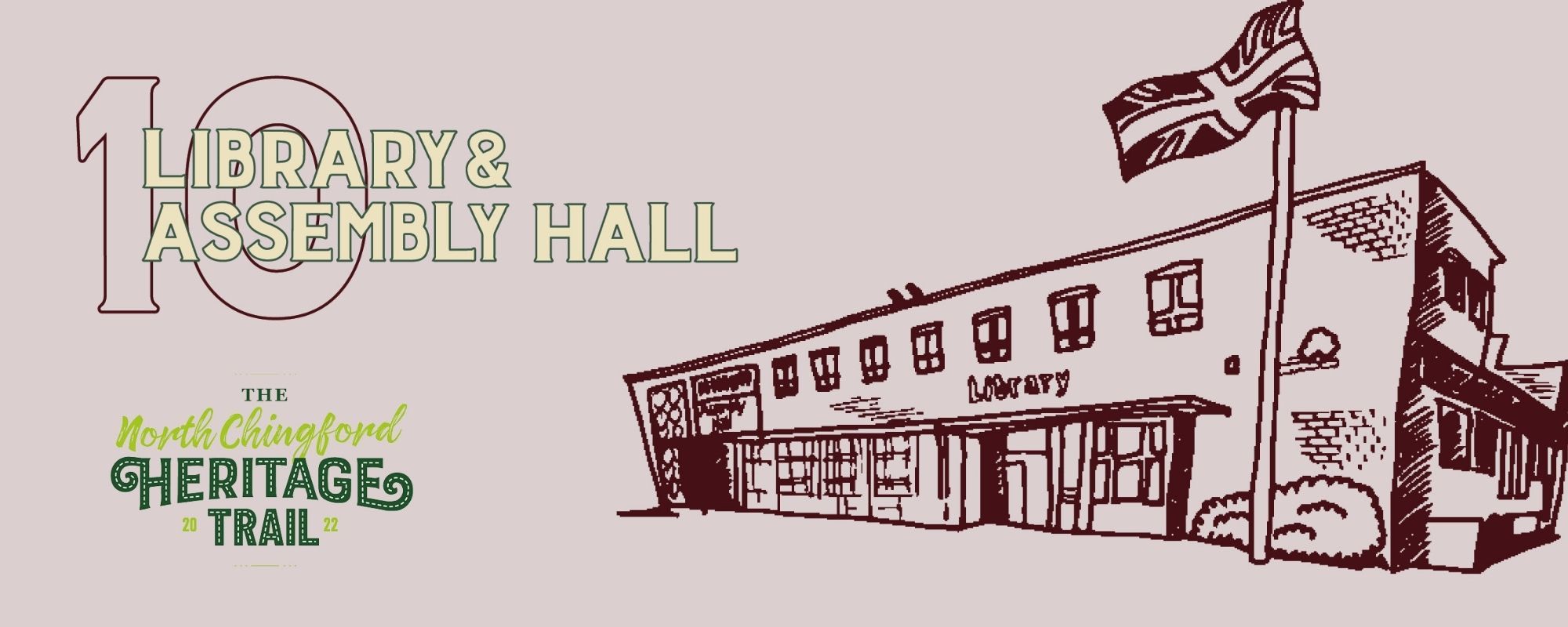
North Chingford Library and the Assembly Hall now stand on the site of Green Farm which in 1851 covered over 220 acres and stretched from Station Road to Pole Hill.
At that time It was occupied by Mr Burrell and by 1851, its size had increased to 220 acres having acquired the adjacent Jeffersons Farm. Only Chingford Hall farm was larger.
In 1929 Rev. W.E.Moll sold Pole Hill Field, formerly part of Green Farm to T.E.Lawrence. In 1947 approval was given for the acquisition of a piece of Green Farm Land to erect a hut to serve as a temporary library for North Chingford.
In 1948, the Council discussed the need for a suitable Assembly Hall for dinner dances, concerts etc. The Green Farm site was earmarked for a combined Assembly Hall and Library.
The last occupants were members of the Hart family. The farmhouse was demolished in 1957, and the foundation stone for the new Library & Assembly Hall was laid in 1959. The inscription reads: ‘This stone was laid during the 21st Anniversary Year of Chingford’s Charter of Incorporation by the Mayor- Councillor G.H.Smith J.P. on 19th September 1959.’
The Hall was opened in September, 1960 by Sir John Ruggles-Brise. Architects, Messrs Tooley and Foster Builders, Gray Conoley & Co. Ltd. The area around Chingford Green was designated a Conservation Area by Waltham Forest Council in June 1990.
The Millennium Heritage Mosaic, installed in 2000 and made from ceramic and glass, can be seen on the wall of the town hall depicting scenes and famous characters from Chingford’s history.
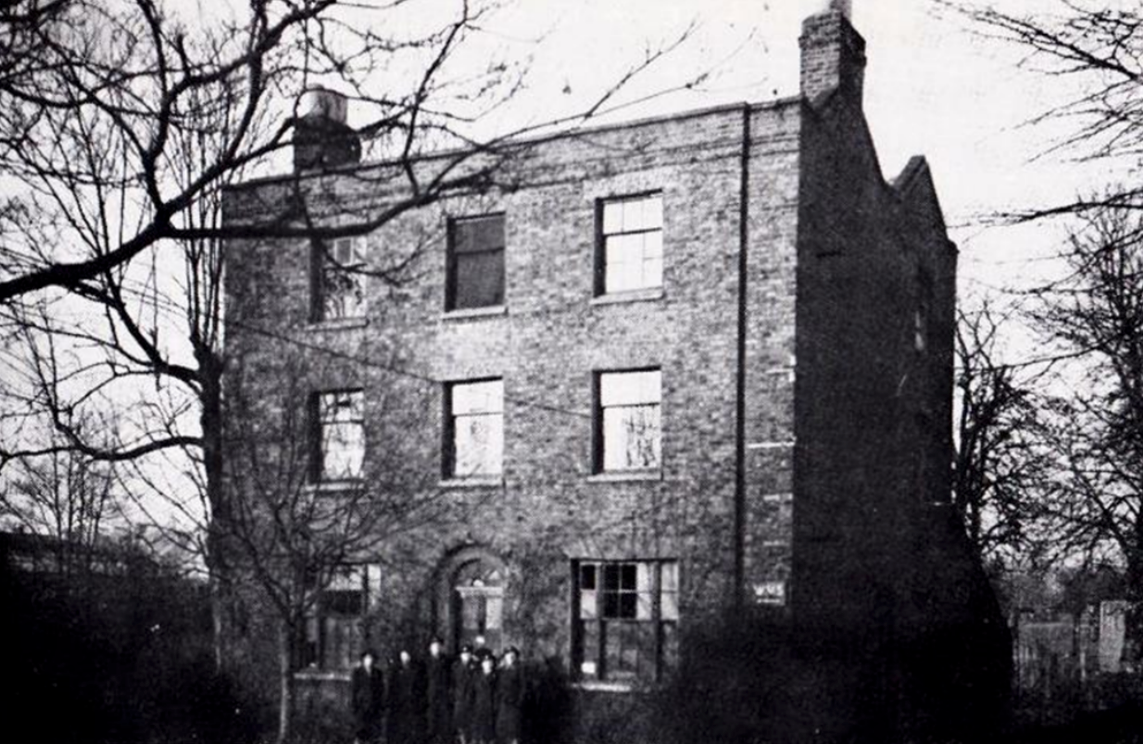
HERITAGE HUNT
Take a closer look at The Millennium Heritage Mosaic, on the wall of the Chingford Assembly Hall. Can you identify who the 4 familiar faces are? Take a closer look at the panel on the right which explains who they are and what their connection is to the area.
